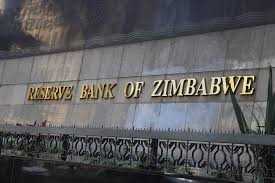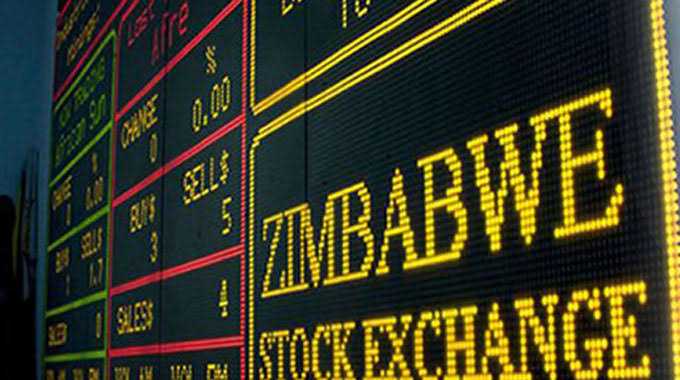
Nyashadzashe Ndoro
The Reserve Bank of Zimbabwe has decided to maintain the current tight monetary policy stance, keeping the main bank policy rate at 20% per annum and an interest rate corridor of 11% to 25%.
This decision comes despite a lower inflation outlook and market calls for a rate cut.
The central bank expects the economy to grow by 2% this year, slower than the government’s previous forecast of 3.5%. The economy has been affected by the worst drought in years, which has had a negative impact on economic activity.
Businesses have been complaining that the high interest rates are making it difficult for them to borrow, and are also boosting the use of the US dollar in the economy against the local currency.
However, the Reserve Bank governor, John Mushayavanhu, has insisted that the current tight monetary policy stance needs to be maintained to ensure the sustenance of the current stability.
Related Stories
The bank’s stabilisation measures have resulted in a month-on-month ZWG inflation rate of minus 2.4% in May 2024, and the inflation rate is expected to be around 0% in June 2024. Inflation pressures are expected to remain subdued in the outlook period, with projected inflation to end the year below 5% as the exchange rate remains stable.
The Reserve Bank will maintain money supply growth at 5%, which will ensure that growth in reserve money is consistent with improved economic activity and increased reserves backing the domestic currency.
“Going forward, the MPC fully commits to proactively address any emerging risks on current stability. The MPC will ensure that growth in money supply remains consistent with the achievement of the envisaged pro-growth inflation levels of 5%. The Reserve Bank will continue to ensure full backing of the reserve money with gold, other precious minerals, and foreign currency reserves.
“This will ensure that growth in reserve money is consistent with improved economic activity and increased reserves backing the domestic currency,” Mushayavanhu said on Thursday.
The decision to maintain high interest rates is likely to disappoint businesses and individuals who were hoping for a rate cut to stimulate economic growth.
The high interest rates are expected to continue to make it difficult for businesses to borrow and invest, which could further slow down economic growth.


















Leave Comments